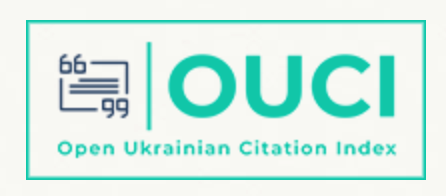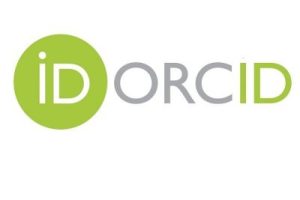MODELING OF BONUS-MALUS SYSTEM WITH FREQUENCY AND SEVERITY COMPONENTS
Keywords:
bonus-malus, insurance, insurance company, nsurance payments, insurance premium, matrix of transactionsAbstract
Bonus-Malus systems are widely used all over Europe and Asia. Each client of insurance company is determined to same class. According to this, insurance premium is defined. Depending on the claim frequency and claim severity, client could move from one insurance class to another, receiving discount on insurance premium (bonus class) or a fine (malus class). The aim of this work is estimation of parameters of claim frequency and severity distributions in which the company receives the highest profit. Using C++ features was carried out modeling and estimation of values of frequency and severity component of bonus-malus system in which company receives the highest financial return. Was also written special random number generator, which can be used in further researches.
Downloads
Metrics
References
1. Bening V.E. & Korolev V.Yu. (2002) Generalized Poisson Models and their Applications in Insurance and Finance, Brill Academic Publishers, Utrecht
2. Boland P.J. (2007) Statistical and Probabilistic Methods in Actuarial Science, Chapman & Hall, Boca Raton.
3. Chan W.-S. & Tse Y.-K. (2007) Financial and Actuarial Mathematics, McGraw Hill, Asia.
4. Denuit M. & Marechal X. & Pitrebois S. & Walhin J.-F. (2007) Actuarial Modeling of Claim Counts: Risk Classification, Credibility and Bonus-Malus System, John Wiley & Sons, Chichester
5. De Vylder F.E. & Goovaerts M. & Haezendonck J. (editors) (1984) Premium Calculation in Insurance, Kluwer Academic Publishers, Boston. (collection of articles)
6. Lemaire J. (1995) Bonus-Malus Systems in Automobile Insurance, Kluwer Academic Publisers, Boston.
7. Tse Y.-K. (2009) Nonlife Actuarial Models: Theory, Methods and Evaluation, Cambridge University Press, Cambridge.
</uk>
<en>
1. Bening V.E. & Korolev V.Yu. (2002) Generalized Poisson Models and their Applications in Insurance and Finance, Brill Academic Publishers, Utrecht
2. Boland P.J. (2007) Statistical and Probabilistic Methods in Actuarial Science, Chapman & Hall, Boca Raton.
3. Chan W.-S. & Tse Y.-K. (2007) Financial and Actuarial Mathematics, McGraw Hill, Asia.
4. Denuit M. & Marechal X. & Pitrebois S. & Walhin J.-F. (2007) Actuarial Modeling of Claim Counts: Risk Classification, Credibility and Bonus-Malus System, John Wiley & Sons, Chichester
5. De Vylder F.E. & Goovaerts M. & Haezendonck J. (editors) (1984) Premium Calculation in Insurance, Kluwer Academic Publishers, Boston. (collection of articles)
6. Lemaire J. (1995) Bonus-Malus Systems in Automobile Insurance, Kluwer Academic Publisers, Boston.
7. Tse Y.-K. (2009) Nonlife Actuarial Models: Theory, Methods and Evaluation, Cambridge University Press, Cambridge.
</en>
Downloads
Published
How to Cite
Issue
Section
License
This work is licensed under a Creative Commons Attribution-NonCommercial-ShareAlike 4.0 International License.


























